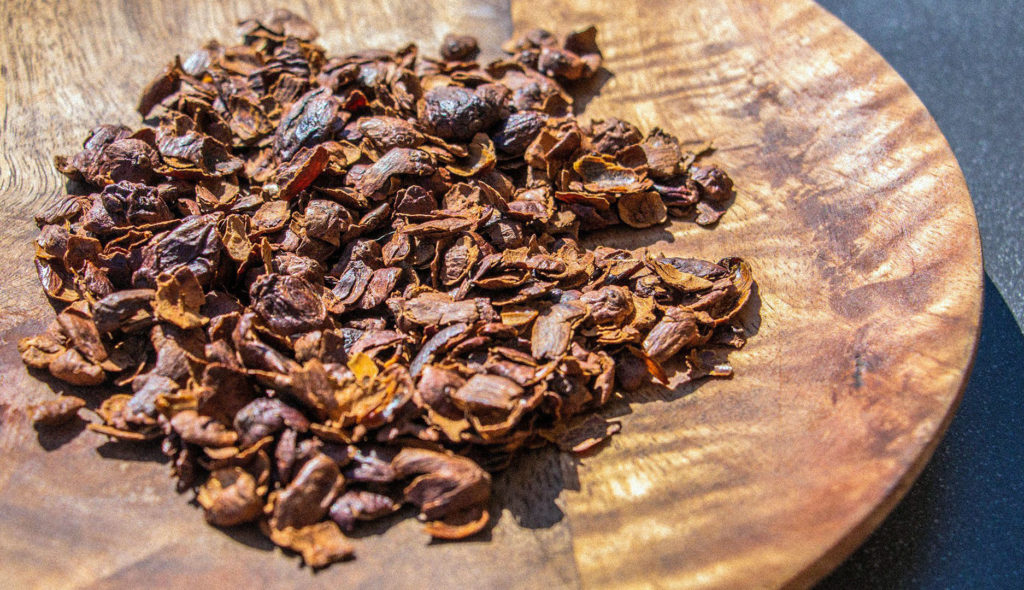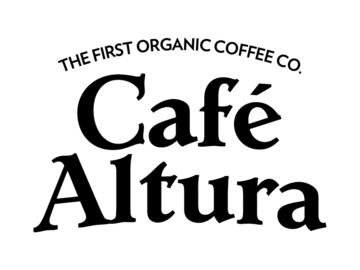
What’s the Buzz About Cascara?
Fun fact: coffee beans aren’t actually beans at all, they’re seeds. The world’s most beloved “bean”, consumed by over two and a half billion times a day, is the seed of a cherry-like fruit that grows best in very specific regions throughout the tropics. And, until recently, the fruit itself was widely considered to be a by-product destined for little more than being turned into fertilizer.
This cherry-like fruit is commonly referred to as cascara (Spanish for “husk”), and its value as a product in its own right, is not new to coffee producing regions like Bolivia and Yemen. There, the fruit gets dried out, sometimes is lightly toasted, and then brewed as tea. Only, since it’s the result of steeping a fruit and not an herb, it’s not fully a tea. Coming from the coffee plant, but not coffee, and not fully tea either, it is nonetheless commonly referred to as a tea and we will do the same here to minimize confusion.
The resulting tea has a richly red color, only a quarter of the amount of caffeine as in coffee and is packed full of antioxidants. Its taste is slightly sweet and somewhere between that of hibiscus and cherry. With how versatile cascara is, it can be hot or cold brewed and served in a variety of made-to-order or premade ways.
So if this drink is making it possible to reduce potential food waste, is delicious and good for you, why has it taken until now to catch on outside specific regions?
Cascara tea’s recent introduction into the public consciousness is mostly thanks to large chains like Starbucks looking to bring new drinks to consumers. Starbucks started introducing cascara drinks in 2017 with the “Cascara Latte” and they now have expanded their offerings to include cold brew versions with the fruit as well. Their massive marketing efforts and unmatched market reach means that these new products have been many people’s first introductions to drinks made from the lesser known part of the coffee plant.
Other third-wave companies have gotten in on the movement as well. A variety of ready-to-drink (RTD) beverages are now available in specialty grocers and markets from companies like Stumptown, Slingshot Coffee and more.

Dried Cascara
Cascara tea represents an opportunity to better use more parts of the plant, and expand opportunities for farmers. In fact, increased demand for cascara has meant that the husk has occasionally been sold by producers for a higher price per pound than the bean itself.
While this pricing discrepancy will most likely go away as more producers are able to focus attention on selling the bean, the line of products associated with it will only continue to expand. Cascara has already proven incredibly popular in RTD beverages in a chilled form.
The RTD market is already one of the fasted expanding sectorsin America for the biggest companies down to more regional producers. From 2010 to 2016 the RTD coffee segment grew at a rate of 11%, outpacing the overall coffee market growth by 7%. As a new product, with potential to have lower unit pricing than its coffee counterparts, RTD cascara products represent a huge opportunity to further capitalize on this market demand for grab-and-go drinks.
This RTD segment is also seeing a diverse array of products. Slingshot’s rollout of cold brewed cascara teas, for example, involved many flavored options including their version of an Arnold Palmer and Blueberry Jasmine. If products like these prove successful, it’s possible that we could see an expansion in the variety of flavored cascara tea products, similar to what Starbucks did with speciality coffee starting in the 1980’s and 90’s and beyond.
For now there, cascara isn’t readily available in many areas for people to purchase themselves and brew at home. But that could change as consumers of RTD cascara teas start wanting to give home brewing of the tea a shot. Whether that’s sooner or later, next time you see a cascara-based beverage at your local spot you know know what the buzz is all about.
